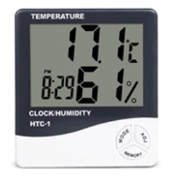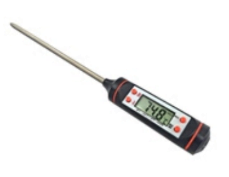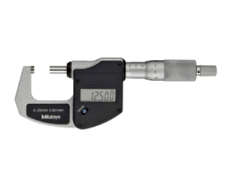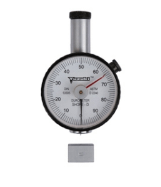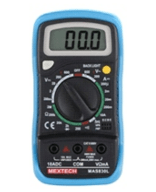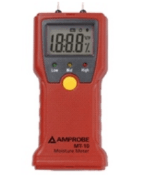| Specular Reflection Gloss Measurement |
Measures the gloss or shine of a surface by analyzing the amount of reflected light at a specific angle. |
| Numerical Gloss Units (GU) |
Provides quantitative gloss readings in Gloss Units (GU), allowing for objective assessment and comparison of surface finishes. |
| Multiple Measurement Angles (in most models) |
Offers the ability to measure gloss at different angles (often 60° and 85°), catering to various surface types and textures. |
| Compact and Portable (in most models) |
Lightweight and handheld design facilitates easy use on-site for various materials and applications. |
| Easy to Operate (in most models) |
|
| Calibration Standards (in most models) |
Includes calibration tiles or standards for maintaining measurement accuracy over time. |
| Quality Control (QC) Applications |
Plays a vital role in Quality Control (QC) by ensuring surfaces meet desired gloss specifications in various industries, such as: |
|
- Automotive Manufacturing: Maintaining consistent paint gloss on vehicles.
- Printing Industry: Ensuring consistent gloss levels on printed materials (e.g., brochures, packaging).
- Furniture Production: Verifying the gloss finish of furniture surfaces.
- Construction Materials: Assessing the gloss uniformity of tiles, countertops, or other building materials.
|


